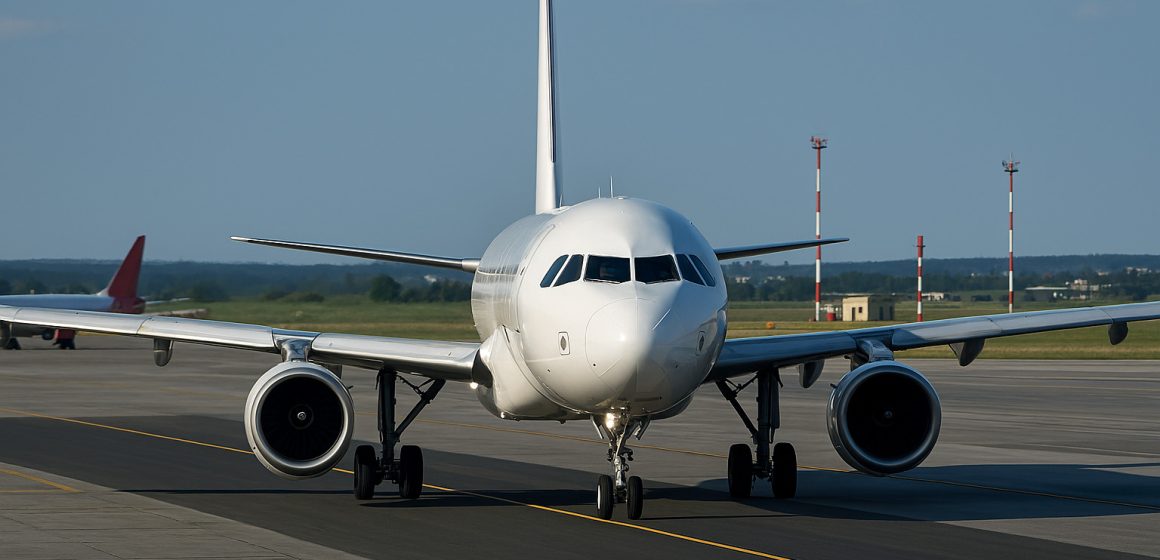However, a rebound is expected in the second half of the fiscal year, with the overall traffic projected to grow by 7-9 per cent, in line with last year’s 8.1 per cent.
The Indian aviation sector is expected to witness a moderation in operating profit by 11-14 per cent this fiscal, according to Crisil Ratings. The decline—estimated at ₹200-210 billion ($2.4-2.5 billion)—comes in the wake of airspace restrictions triggered by Operation Sindoor and the tragic crash of Air India flight AI171, both of which dampened demand and disrupted operations in the first quarter.
This marks a reversal from the strong post-pandemic recovery seen over the past three fiscals, with last year’s operating profit standing at approximately ₹235 billion ($2.8 billion). Crisil’s analysis, covering three major airline groups—InterGlobe Aviation Ltd, Air India Ltd (including Air India Express Ltd), and SpiceJet Ltd—suggests that while profitability will soften, credit profiles will remain stable due to healthy liquidity and planned equity infusions.
In Q1, the sector faced two major setbacks. First, heightened border tensions led to the closure of several airports and rerouting of international flights, increasing flying times and operational costs. Second, the fatal crash in June prompted extensive safety checks and capacity reductions, weakening consumer sentiment.
These disruptions slowed passenger traffic growth to 5.2 per cent year-on-year, compared with 7.1 per cent in the same quarter last fiscal. However, the second half of the year, typically accounting for 50 to 55 per cent of annual traffic, is expected to see a rebound. The overall traffic projected to grow by 7 to 9 per cent, in line with last year’s 8.1 per cent.
“Despite steady traffic growth, sustaining passenger load factors will come at a cost; that of a moderation in yields,” said Gautam Shahi, Director, Crisil Ratings. Yields are expected to decline by 2 to 4 per cent this fiscal, reversing the 3 per cent increase seen last year. Additional costs from rerouting flights due to airspace restrictions will further impact profitability.
Fuel costs, typically 35 to 40 per cent of total operating expenses, are projected to decline by 8 to 10 per cent due to lower global crude prices, offering partial relief. However, this will not fully offset the pressure on operating margins.
Fleet Growth to Drive Fiscal Strategy
Fleet expansion remains a key theme, with gross additions of 50 to 60 aircraft expected this fiscal. Most airlines are likely to continue their sale-and-leaseback strategy for new acquisitions, bolstering liquidity through higher cash reserves and planned equity infusions.
“Given the fleet expansion, we expect the net debt (including lease liabilities) of the airline industry to increase 10 per cent year-on-year to ₹1.1 trillion ($13.2 billion) by March 2026,” said Vinit Patil, Team Leader, Crisil Ratings. “This, coupled with lower operating profit, could weaken credit metrics, with the net debt to operating profit ratio likely to rise to 5-5.5 times this fiscal, up from 4.3 times last year.”
Despite the temporary setback, Crisil maintains a stable medium-term credit outlook for the sector. The combination of rebounding passenger traffic, declining fuel costs, and reduced grounding-related expenses is expected to support long-term financial health. However, volatility in fuel prices and foreign exchange rates remains a key risk.


